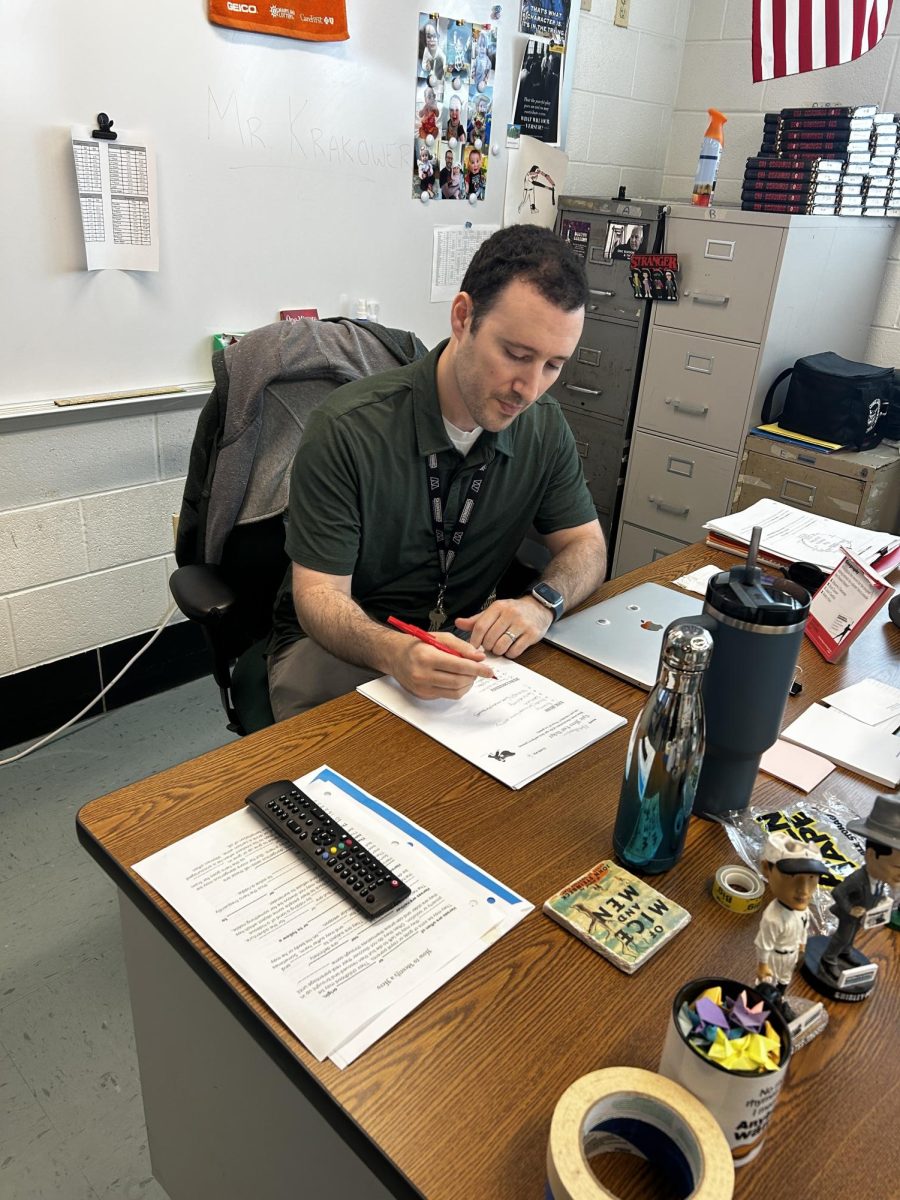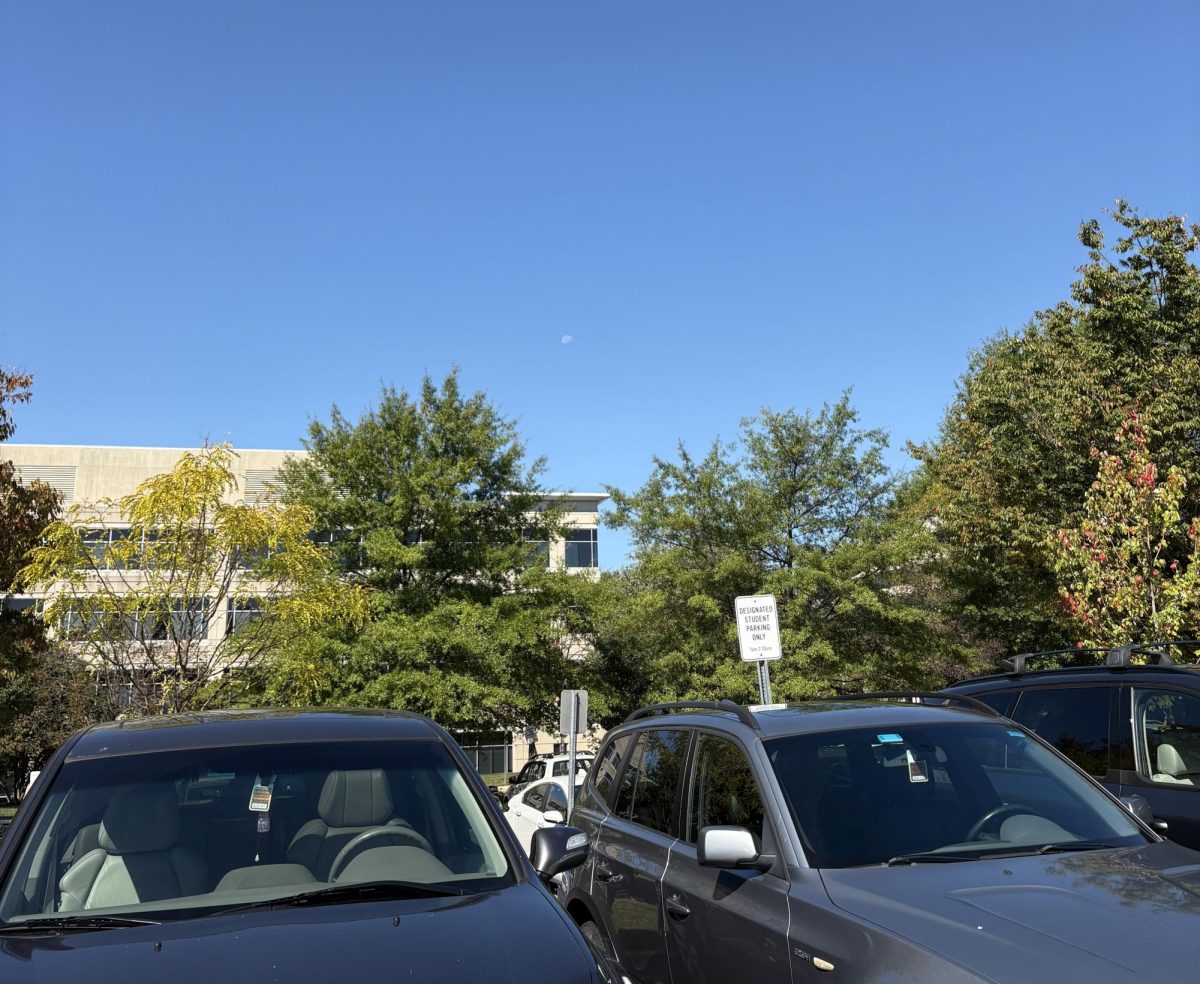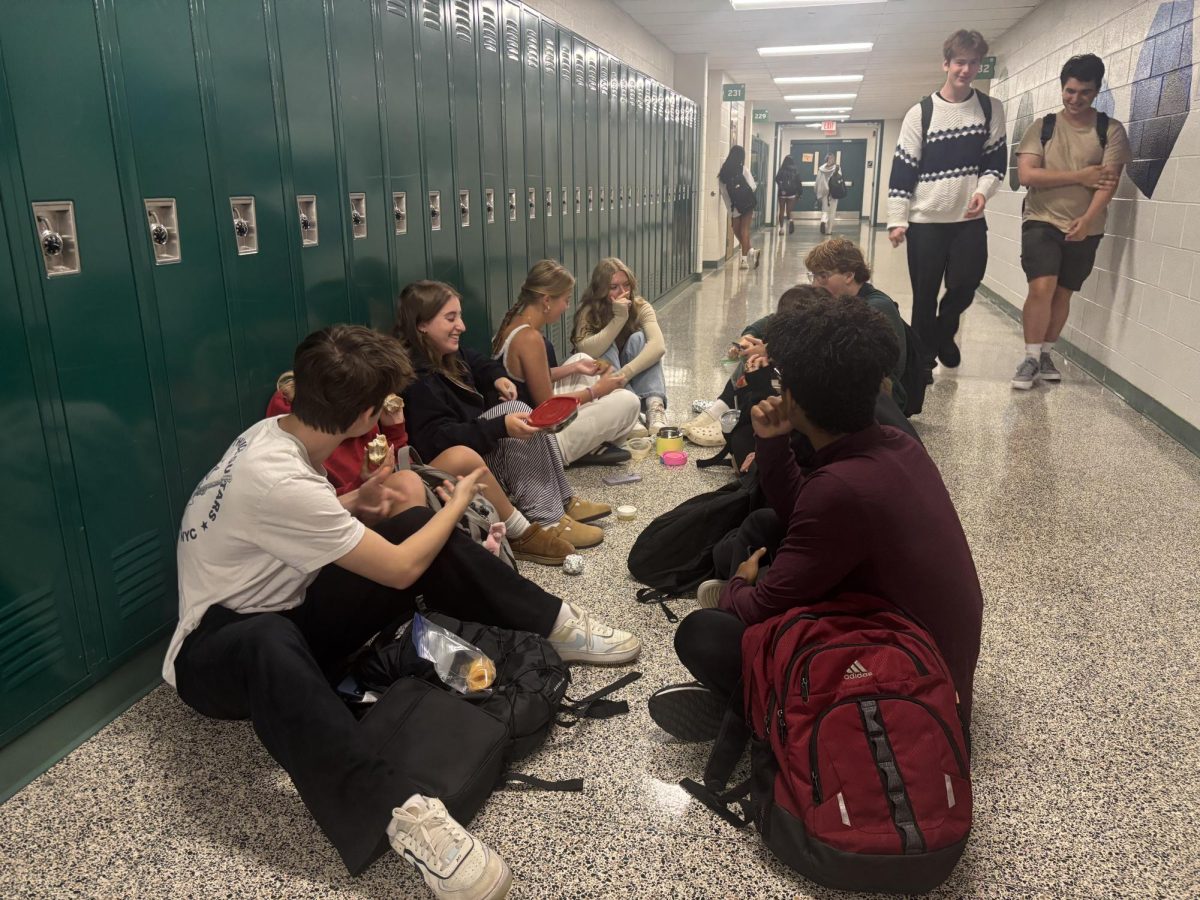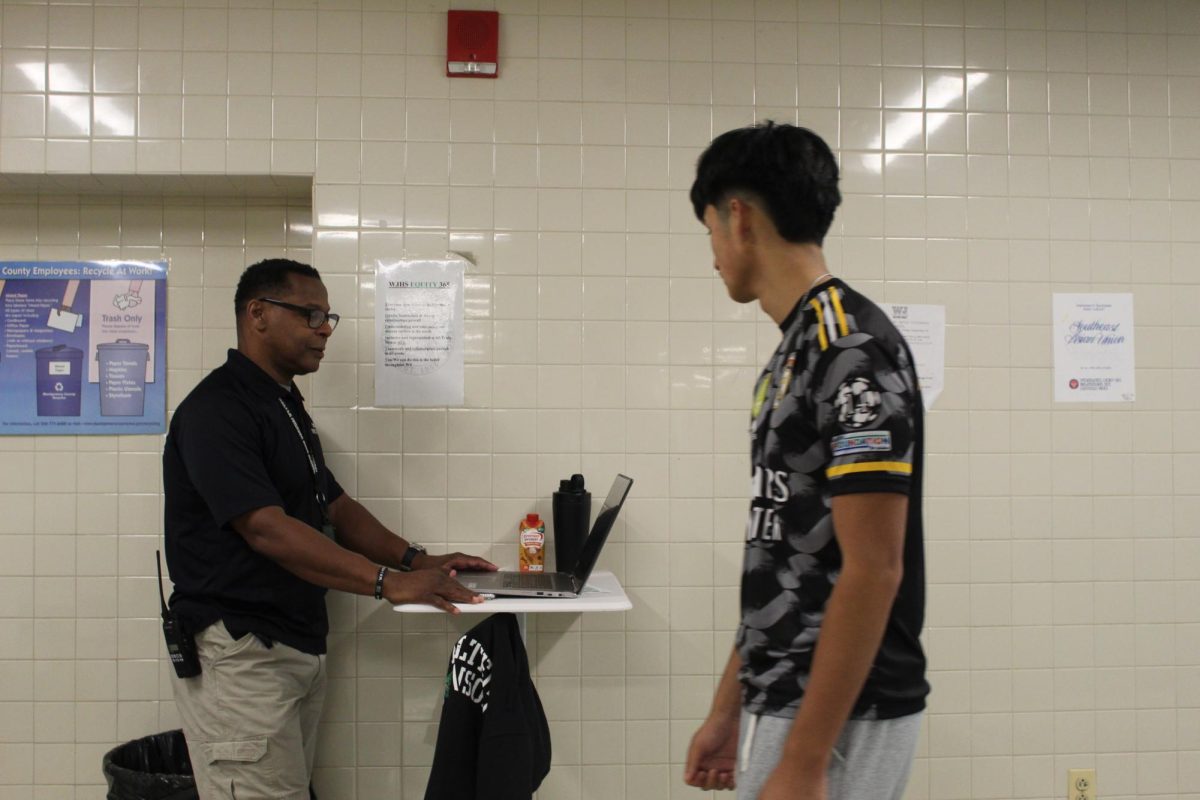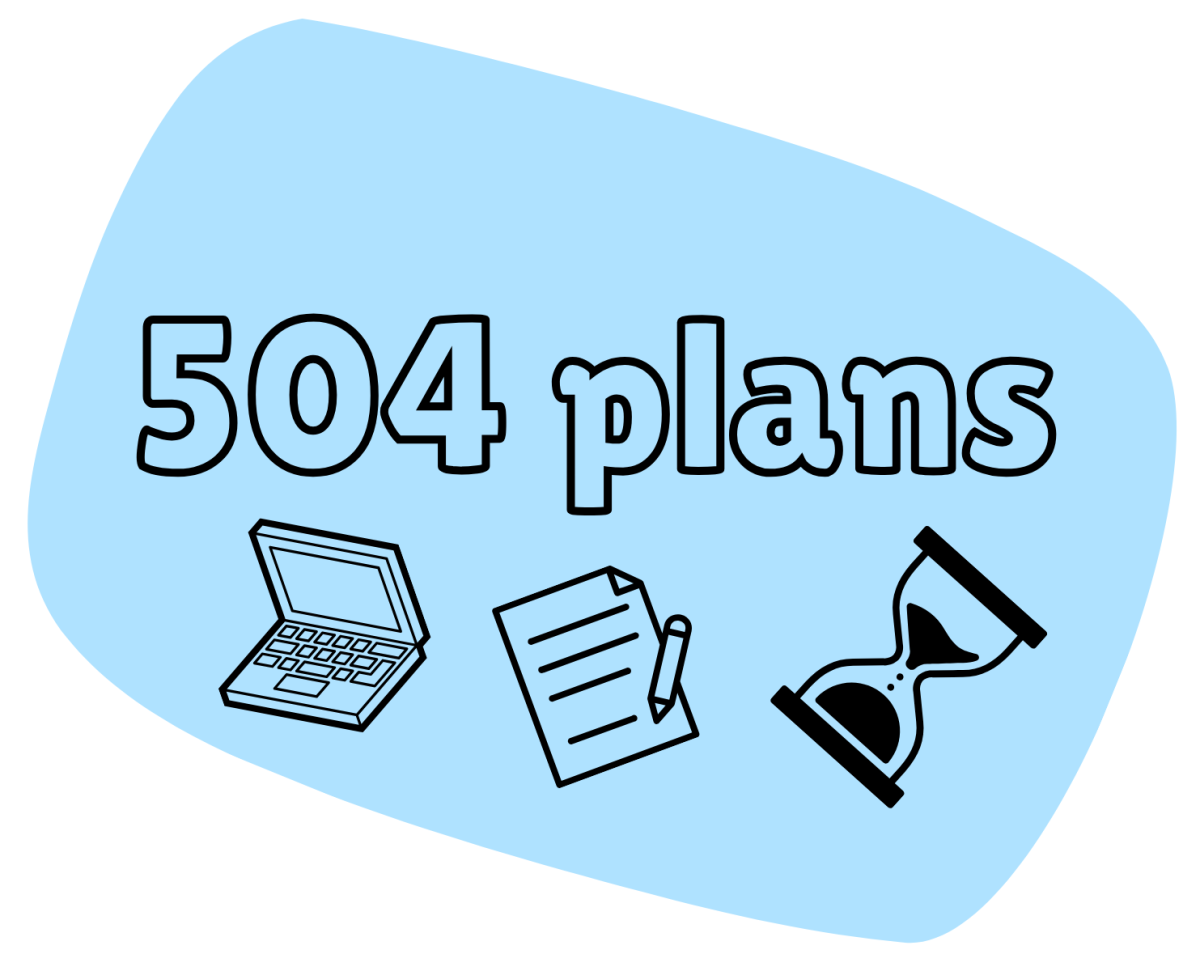
In an increasingly cashless economy, real money has become somewhat of a rarity among high school students. The rise of online payment services and sustained use of things like Apple Pay and credit cards has led to a lack of recognizable green paper. This is concerning for various reasons that an ATM on school property would easily fix.
For one, an ATM could get students out of a jam. Despite their relatively easy use, credit cards and online payment don’t always work. Cards get declined, wifi gives out or one’s phone dies. If any of these scenarios happen, students must rely on the cash brought from home. The problem is the ever-increasing reliance on the very services that suffer these negative attributes and lack of free cash. Solution? ATM.
An ATM would solve all of these problems. Students would no longer have to worry about a card failure or bad wifi, cash would always be right around the corner. It would give students a reliable way to pay for lunches or vending machines without suffering a technological error.
Aside from obvious benefits, an ATM has no glaring downsides. At the very least it could save a few students and even teachers but ultimately it wouldn’t cause any harm. It would even help the school. The administration could collect a transfer fee on every transaction and put the money towards good causes like mental health.
Overall, an ATM is a win-win situation. It offers innumerable benefits to both administration and students with no perceivable downsides to speak of. The question one must ask is why not have an ATM? Why can’t we have access to cash in a way that also supports our school activities?
The craziest part is the school has no reason not to install an ATM. ATMs cost roughly $2,000 dollars, a fraction of the yearly budget. The inaction is unacceptable.
Gone are the days of coin purses and loose change. Students walk around with the false confidence of digital age currency that isn’t 100% foolproof. The administration needs to act. For a small price, students will gain in both monetary safety and financial literacy that can’t conceivably be rejected for its obvious lack of downsides.



